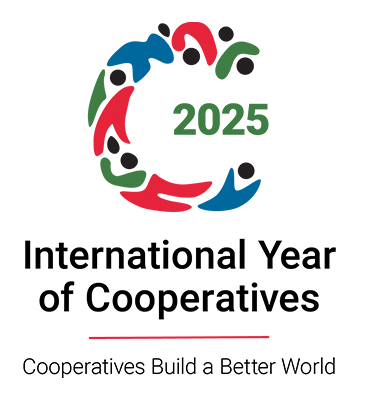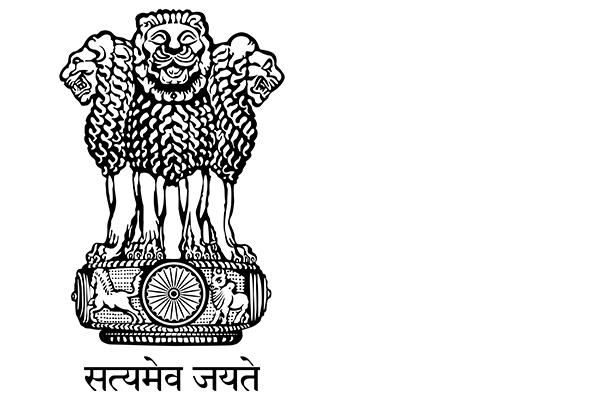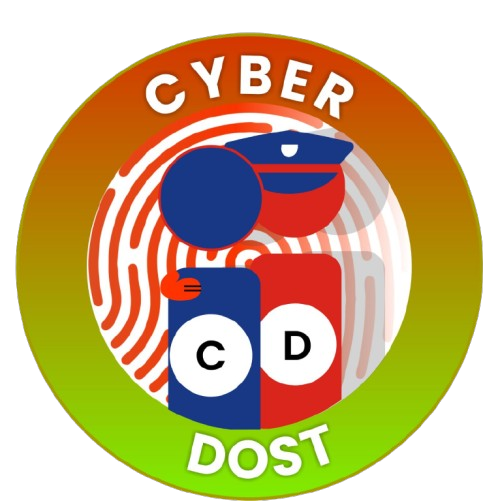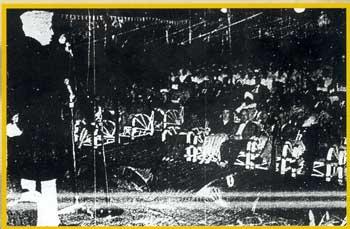
As per recommendations of second five year plan, the college started as Composite Medical College in 1957 which was soon named as Delhi Medical College in Feb 1958. Composite Medical College was started close to Irwin Hospital with provisions of teaching Gynecology at Lady Harding Medical College. This composite medical college was started with 50 male and 50 female students without ant entrance test. The governing body of LHMC then an autonomous institution and only medical college for girls in the world, filed a suit against starting of this medical college. It was in their statue that no other medical college can be started for the girls. Court decision favored LHMC. The classes of this composite medical college were stopped merely two days after the start. Girls were then shifted to LHMC and boys to AIIMS as a supplementary batch. As per consultation and understandings with Pandit Nehru, the college was reinvented as Maulana Azad Memorial Medical College to honor a great leader. Later the world memorial was dropped. Maulana Azad was the first Union Minister of Education and Scientific Research finally the name of the college was printed as Maulana Azad Medical College at the time of publication of its first prospectus. The doors of the college were opened to students on first August 1958.
The foundation stone of All India Medical Institute (AIMI) was laid in Irwin Hospital on April 4th, 1952. Mr. J. T. Vats Minister of Commerce and Industry Government of New Zealand laid the foundation of AIMI (AIIMS) under Colombo plan. It was entirely the efforts of Raj Kumari Amrit Kaur first Union Health Minister to get clearance for All India Medical Institute which was later changed as All India Institute of Medical Sciences. The reasons for shifting the site of AIIMS from Irwin Hospital compound are unclear. It was believed to be the controversy between Mrs. Sushila Nayyar, Minister of Health, Delhi and Raj Kumari Amrit Kaur over making the institute as autonomous body. We tried to find some one from the first (?) batch of 1957 who could never qualify to be called as maulanian. Incidentally Dr. Sota from first batch had some memory of those students. It is interesting to note that LHMC was initially recognized by Punjab University and duration of courses was 7 years. Col. B. L. Taneja (Bashi Lal Taneja) was appointed as first Principal in April, 1958. However, Dr. P. Diesh who was the Additional Medical Superintendent and Staff Surgeon of Irwin Hospital looked after the college till Col. B. L. Taneja was officially appointed as first Principal of the college at the end of April, 1958.
Reference ID Bajaj. Spandan 1982-83, 2-4
Reference ID Bajaj. Spandan 1982-83, 2-4
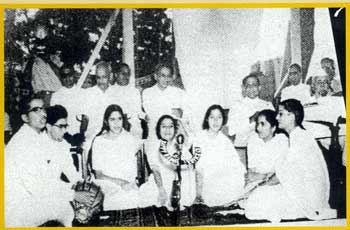
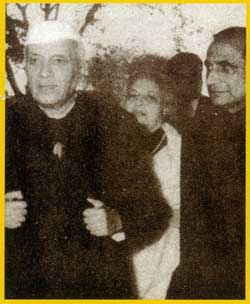
College was housed in new three-storey block designated as Anatomical Block, this place later became Burns & Plastic Surgery ward and is now under renovation. Anatomy block of that time was in ground floor. Principal room and Administrative Block were also in the ground floor just near old lift area. First and second floor were occupied by Department of Physiology & Biochemistry respectively. There was a small lecture theater, library and laboratory in second floor. Pt. Govind Bhallabh Pant, the Union Home Minister, laid the foundation stone of the first proper medical college block on 24th October, 1959. Shri J. D. Shastri (Senior Architect, Ministry of Health) drew up the architectural plan of the college complex. Referring to the fact that the college building was being reacted on a site previously occupied by the Delhi Central Jial - Pandit pant said it shows that a new India was taking birth and he place which was symbol of people’s suffering was to become a place which would now help to relieve it. Pandit Pant in his poetic inaugural speech said the dismal wall of the jail had been demolished to be replaced by corridors illuminated by the soft say of light, science and knowledge. In a reply to students grievance that they were being lodged in a formerly jail building, Pandit Pant quipped “I did not loose much by being lodged there again and again.” Pandit Jawaharlal Nehru later inaugurated the building completed in record time on 26th February, 1961. Initial outlay for this building was about Rs. 1 Crore. The college had the unique distinction of being recognized for PG course even before the first batch of graduates passed out from here. The first batch had 60 students. The pair of opening batsman for MAMC was Dr. Anil Mehra and Dr. Balkishan Bagga as roll no. 1and 2 (Enrollment Numbers MAMC1 & MAMC2) respectively. Male students were allocated two barrack of the jail and female were grouped in jailer’s quarter. Dr. L. D. Sota who retired as Director of Guru Nanak Eye Center is from first batch. Dr. P. S. Saharia was the first student Editor.
Reference P. S. Sharia Spandan 1982-83 18-19. P. S. Saharia Midcon 1988 and personal communications.
Reference P. S. Sharia Spandan 1982-83 18-19. P. S. Saharia Midcon 1988 and personal communications.
It was a fortunate batch for various reasons. They had no one to rag them; and were the first to start ragging in MAMC. The batch started the first fancy fun fair function. They were also the first unqualified professional from MAMC to give injections for cholera vaccination (however practiced on cadaver) during their first year of MBBS. The batch to walk to class straight from the beds and enjoyed food for Rs. 35-40 a month. 42 out of 60 passed with 705 results. It was a nice beginning. The batch celebrated its Silver Jubliee on 20.12.1988. We sincerely pay our tributes to all of them for leading the baton for generation to follow. We salute our predecessor for setting up an exemplary milestone of excellence in medical profession and giving birth to the reality which is now revered as MAMC. Indeed it was this batch that is the icons to be labeled as First Maulanians. The super sixties, pioneers of MAMC would always be remembered whenever there is any one who read and recall the genesis of MAMC. The first batch celebrated its Golden Jubilee twice i.e. 1st September 2007 & 20th August, 2007. Nearly 33 students attended the last function. Silver Jubliee Annual Dayof MAMC was celebrated on 30th October, 1983. His Excellency President of India Giani Zail Singh was the chief guest. Sh. Jagmohan Lt. Governor of Delhi presided. It was here for the first time the head of state encouraged brain drain. He was of the opinion that it would boost Indian Economy. I distinctly remember Giani Zail Singh’s remarks that “it is much easy to become a President of India and very difficult to become a doctor”. Incidently Giani Zail Singh was accompanied by his daughter who herself is a doctor. Some where in 1982-83 efforts were made to make this campus as an autonomous body to facilitate a better working and growth of the institutions. Ms. Sarla Grewal who was Health Secretary, Mr. Jag Pravesh Chandra as LG had consented for the same. The idea was however aborted due to resentment from certain sections of the hospital.
Reference: Dr. H. K. Chutani Personal Communications
Reference: Dr. H. K. Chutani Personal Communications
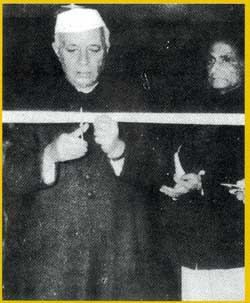


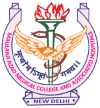 मौलाना आज़ाद मेडिकल कॉलेज
मौलाना आज़ाद मेडिकल कॉलेज 